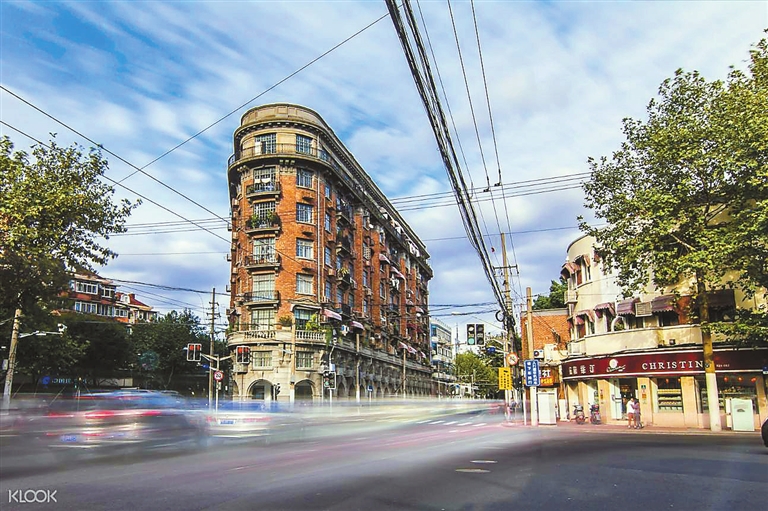
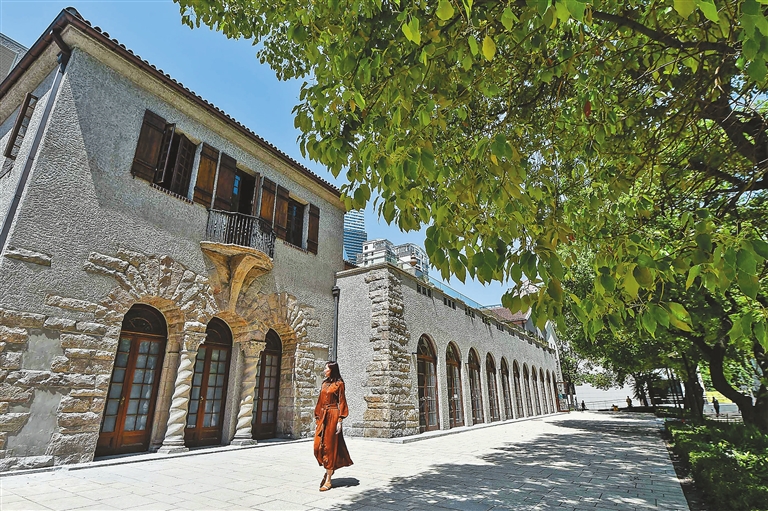
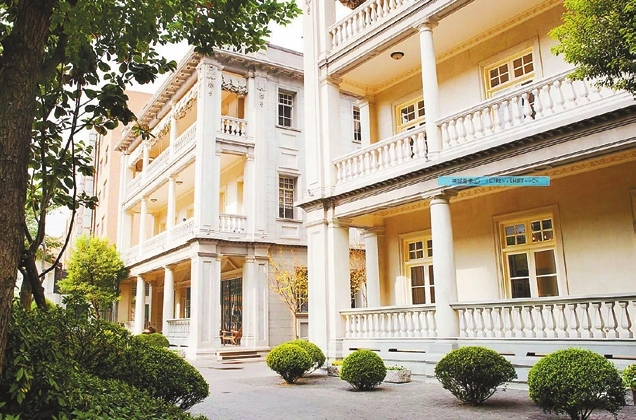
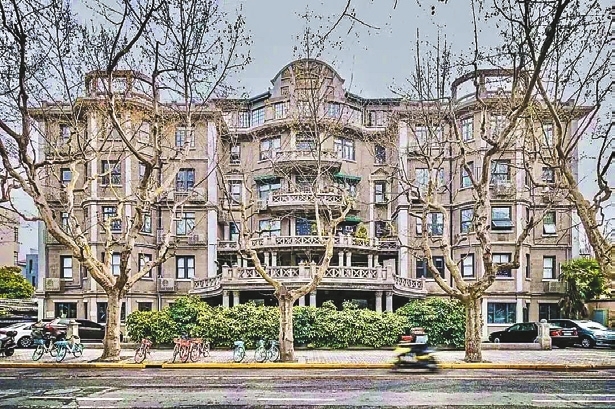
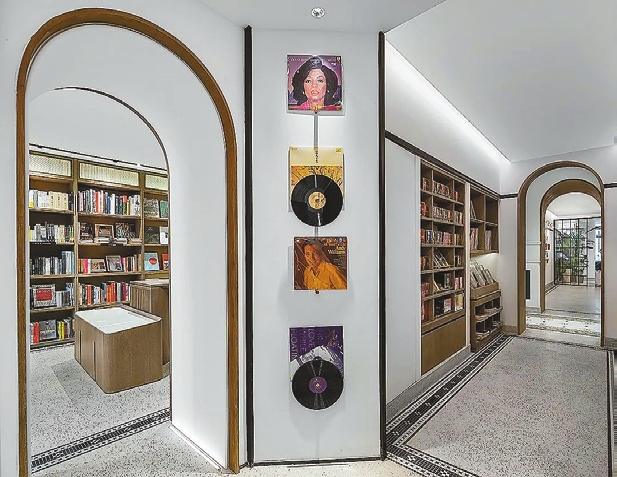
THE history of Shanghai’s concessions from 1845 to 1943 has brought many pains to the city. In the film “The Eight Hundred” directed by Guan Hu, the bloody scene in the Sihang Warehouse located on the north bank of Suzhou River forms a strong contrast with the bustling singing and dancing scenes on the south bank of the river in the British and American concession areas. This is a real reflection of Shanghai’s concessions of the time that led to the title of “a country within a country.” However, the concessions have also created a cradle of diversified cultures in the history of modern Shanghai. Adventurers and architects from all over the world have constructed buildings with varied styles, adding a new touch to the city skyline. What’s more surprising is that all those near-hundred-year-old buildings have found a new soul by having been transformed into modern landmarks. Join us as we take you to a trip to eight new-born old buildings that emerged as a consequence of the concessions. Former Residence of Jiang Bingsheng This villa, built in the 1920s, was the private residence of businessman Jiang Bingsheng. He traveled from Ningbo to Shanghai to do part-time work and later made his own fortune when he became a comprador for the A. J. Yaron, Architects and China Export, Import & Bank Co. The whole villa consists of two buildings connected by an air corridor. The east building was built in 1921 and the west in 1927. The villa was located in the former French concession. In 2009, it received the cultural heritage protection award by UNESCO Asia and Pacific. Currently, the east building has become an outlet for the Swiss luxury watch and clock manufacturer Vacheron Constantin, while the west building is occupied by the British brand Dunhill Home. At the end of last year, the first exhibition of the top French luxury furniture brand Liaigre was also unveiled here. Wukang Mansion The Wukang Mansion or Wukang Building, formerly known as the Normandie Apartments or International Savings Society Apartments, is a protected historic apartment building in the former French Concession area of Shanghai. It was designed by the Hungarian-Slovak architect László Hudec and completed in 1924. The building has been the residence of many celebrities. It’s the first veranda-style architectural structure in Shanghai and one of the three existing ship-shaped buildings in the world. Last year, it underwent the largest scale renovation in the past 10 years and was reopened to the public at the end of the year. The mansion is for both commercial and residential usage. Tourists can explore the shops and take photos of the unique building. On the ground floor of the building is an arcaded passage. There are a few stores there, including the Cottage Cafe & Bar which has a nostalgic interior and offers tasty coffees, the bookstore Daying Bookmall and the first %Arabica coffee shop in the magic city of Shanghai. Blackstone Apartments The Blackstone Apartments or Fuxing Apartments is the first luxury apartment in Shanghai built to house expatriates. Built in 1924, the four-storey building is created from imported concrete and stones from the U.K., giving it a dark appearance. It is a protected historic apartment building in the former French Concession area of Shanghai. The 96-year-old building reopened this year, and is a fashion complex and public culture space blending a music library, coffee shops, and restaurants. Columbia Circle Built in 1924, Columbia Circle was once the main hangout spot for Shanghai’s American expats during the 1920s and 30s, and later became the research campus of the Shanghai Institute of Biological Products. Architect László Hudec designed a total of 29 buildings here in 13 different styles including Italian, Spanish and American styles. The most representative one is Sun Ke Villa which Hudec originally designed for himself but later gave it to Sun Ke, the eldest son of Sun Yat-sen. In 2018, Columbia Circle was renovated as a hub for fashion and leisure arts. Here you can hang around, take photos and enjoy fine dining. The most popular place is the outdoor swimming pool of the Navy Club which still uses the British Imperial measurement “inch.” (Chen Xiaochun) | 
